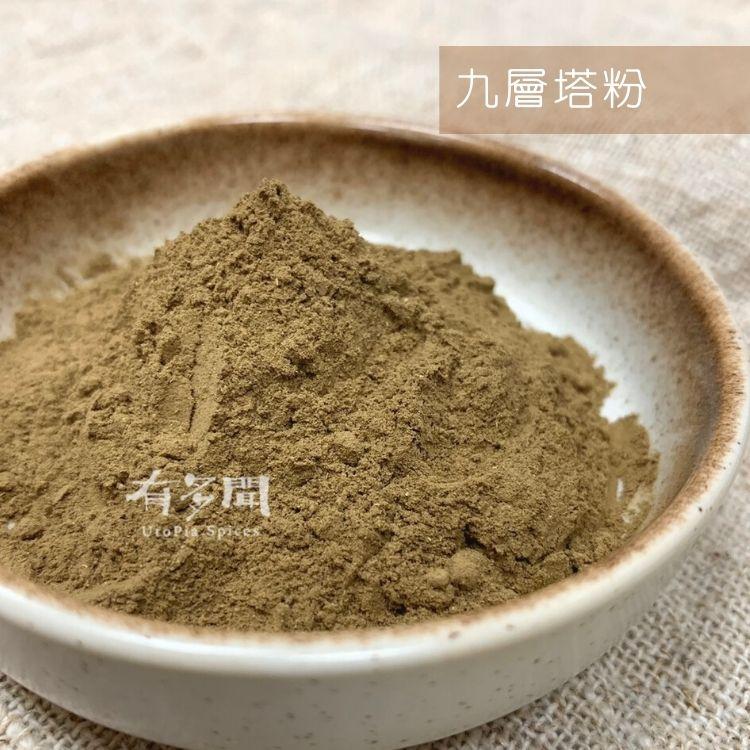
Feature:
Basil powder is made by grinding the leaves of dried Basil (also known as Taiwanese basil or large-leaf basil).
This powder retains the unique taste and aroma of Pagoda but is more concentrated than the fresh leaves.
Taste and smell:
Nine-layer pagoda powder has a distinct, sweet and slightly spicy flavor.
It has a complex flavor and is often used to add depth and dimension to dishes.
It has a strong and long-lasting aroma with sweet and herbal undertones.
Origin:
Taiwan
Cooking dishes:
Nine-layer pagoda powder is commonly used in cuisines from Taiwan, Thailand and Vietnam.
It can be used in stir-fries, soups, steamed dishes, and even some types of drinks.
It is also often used with other spices and seasonings (e.g., fish sauce, minced garlic, chili peppers).
Nine-layer pagoda powder is a good choice for making fried chicken, fried tofu, or other fried foods because it adds flavor to the food.
**Nine-layered pagoda powder is a very distinctive spice that can make dishes more flavorful and layered. However, because its taste and smell are very strong, caution should be used when using it to avoid overpowering the flavor of other ingredients.









